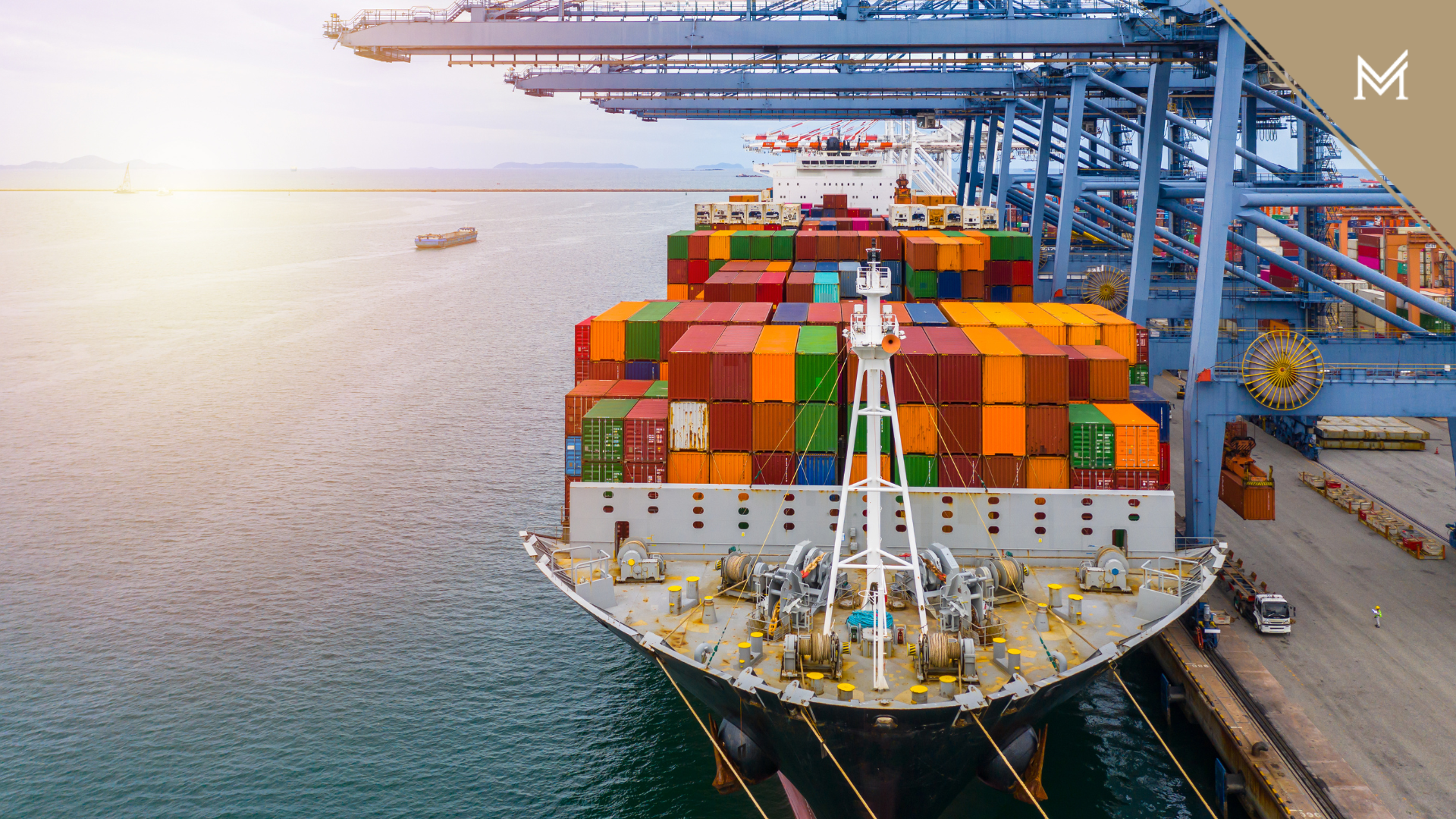
As the ASEAN nations seek to develop an integrated internal market, and support each other in increasing trade with the rest of the world, the role of logistics is crucial. Not only is there a need for top-class logistics providers, facilities and resources, but also more streamlined regulatory frameworks for the region.
Businesses in South East Asia face a great many challenges with respect to the movement, handling and storage of goods. The region is a mosaic of island archipelagos, peninsulas, complex deltas, powerful rivers, dense forests, low-lying plains and inaccessible highlands. There are high-tech global cities and underdeveloped villages; countries with seemingly unending coastlines, others that are landlocked; troubled borders and disputed waters. Each country has its own language – many languages, even. Each has its own currency, its own regulations; in some cases, differing political ideologies have led to closed borders, and even open conflict.
An in-depth review by the OECD (OECD Competition Assessment Reviews: Logistics Sector in ASEAN), published just last year, reported that in 2019 the logistics sector contributed 5% to GDP and employed 5% of the working population, on average, across ASEAN member states. Revenues for the sector were estimated to have dropped by 12% in 2020 as a result of Covid-related mobility restrictions and reduced economic activity in general, with long-distance freight transport and warehousing thought to be the worst affected, while local freight transport within cities, such as courier, express and parcel-delivery services, was estimated to have grown by about 20% during the same year, as a result of changing consumer behaviours.
Economic activity has certainly bounced back since then, but the movement of goods has been something of a bottleneck, whether in-region, inbound, or for export to the markets of North America and Europe – backlogs, port shutdowns, and blank sailings have taken freight capacity out of the market, while fuel price volatility has exacerbated the woes of many traders.
The OECD’s report proposed a range of practical reforms in order to remove logistical barriers in the ASEAN region, to which these few will serve as illustrations: the replacement of cross-border road freight quotas and permits with simple bilateral license systems, to be reviewed every few years; the removal of limits on fleet sizes; the opening up of domestic shipping markets to ASEAN competition; increased use of tenders when selecting port or terminal operators or service providers, in line with best practice; clear separation of port authorities’ regulatory and operation functions; the implementation of planned rail sector reform and network integration. Will this call be met by positive change?
Though there is a clearly a long way to go, greater logistics integration in ASEAN is a prize that member nations, and other players, feel is worth fighting for – and are making rapid progress in. The Laos-China railway, for instance, has increased opportunities for moving goods between China and Laos, Cambodia, Vietnam, and Myanmar; it also has the benefit of opening up a 10-day rail route to Europe from these four ASEAN countries, as an attractive alternative to the 45-day sea route. This summer has seen the launch of the tri-country “Asean Express” rail freight service between Malaysia, Thailand and Laos, beginning with a one-way capacity from Malaysia of 80 TEUs (twenty-foot equivalent unit) per week.
On the back of foreign direct investment in key infrastructure such as railways, ports and terminals, and with a need to restore economic growth after the difficulties of the last couple of years, authorities and businesses in ASEAN member states are taking up the new trade opportunities that are opening for them – opportunities that can only be fully realised in a spirit of practical, cross-border cooperation.
Melchers Logistics
Established in 1806, and with more than 150 years of experience in East Asia, Melchers is trusted by many international brands and producers to be their “feet on the ground” in this region’s diverse markets, drawing on deep local networks and knowledge, and combining them with dynamic business services and trade infrastructure, to create powerful synergies that deliver results for your business. Melchers was founded as a shipping and trading company; shipping and logistics undergirds our global activities to this day, which is why so many manufacturers entrust management of their activities in Asia, including spares, procurement and warehousing, to us.
Melchers’ dedicated logistics department handled over 20,000 CBM of goods on behalf of clients last year, moving them between 5 continents and more than 20 countries, by sea, air, rail and truck, while at the same time expanding the digitisation of supply networks, to maximise efficiency, transparency and control.
Click here to see all Melchers Logistics services.
References
https://www.oecd.org/daf/competition/oecd-competition-assessment-reviews-asean-2021.pdf
https://global.chinadaily.com.cn/a/202206/04/WS629aa8eca310fd2b29e60a9b.html
https://www.phnompenhpost.com/business/more-nations-using-laos-china-railway-freight